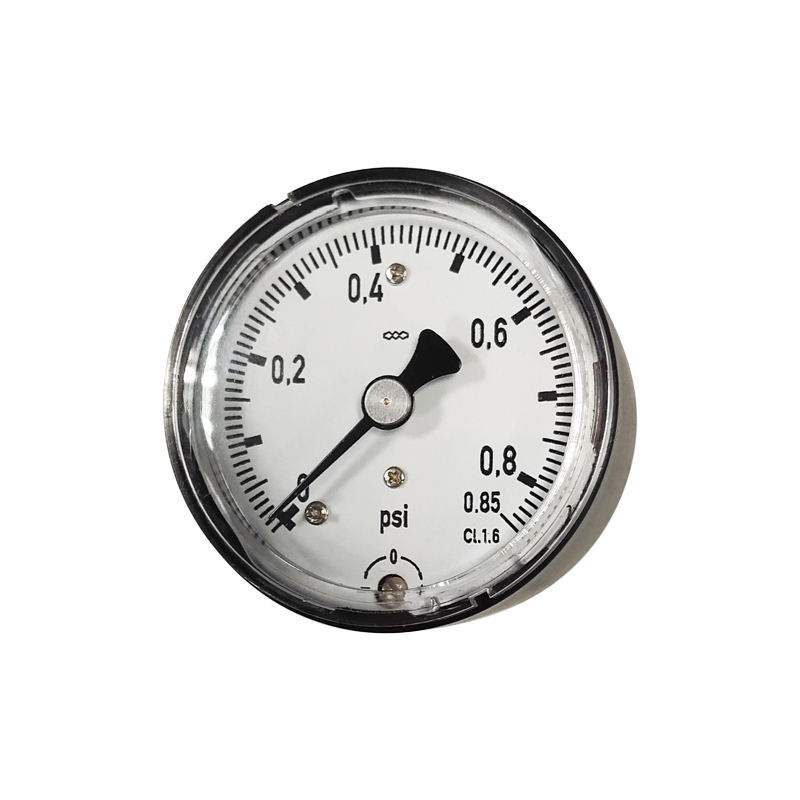
Oct . 03, 2024 18:57 Back to list
diaphragm pressure gauge service
Understanding Diaphragm Pressure Gauge Service
Diaphragm pressure gauges are essential instruments used in various industries to measure gas and liquid pressure. Their unique design employs a flexible diaphragm that deforms in response to pressure changes, translating these changes into readable measurements. This article delves into the service and maintenance of diaphragm pressure gauges, ensuring accuracy and longevity in various applications.
One of the primary reasons for the widespread use of diaphragm pressure gauges is their ability to accurately measure pressure in different environments, including corrosive, viscous, or high-purity applications. However, like any mechanical instrument, they require regular service and maintenance to function effectively.
Key Aspects of Diaphragm Pressure Gauge Service
1. Calibration Regular calibration is crucial to maintaining the accuracy of diaphragm pressure gauges. Over time, the mechanical components may wear, leading to measurement drift. Calibration should be performed at specified intervals or after undergoing harsh conditions, such as pressure spikes or extreme temperatures.
diaphragm pressure gauge service

2. Inspection of the Diaphragm The diaphragm is the heart of the gauge, and its integrity is vital for accurate readings. Inspecting for signs of wear, corrosion, or any physical damage is essential. For gauges used in corrosive environments, using materials compatible with the media being measured (e.g., stainless steel or specially coated components) can prolong service life.
3. Cleaning and Maintenance Accumulation of dirt, dust, and other contaminants can affect the performance of the gauge. Periodic cleaning of the external surfaces and the pressure connection points ensures that no blockages hinder its operation. Additionally, employing a protective cover can help minimize exposure to contaminants.
4. Fluid Compatibility When using diaphragm pressure gauges, ensuring that the diaphragm material is compatible with the process media is crucial. Selecting the wrong materials can lead to rapid degradation and inaccurate readings.
5. Proper Installation Correct installation enhances the performance of diaphragm pressure gauges. It is essential to follow manufacturer guidelines, including proper alignment and securing connections to prevent leaks and other operational issues.
In conclusion, diaphragm pressure gauges are invaluable tools across many sectors due to their reliability and adaptability. Regular service, including calibration, inspection, and maintenance, maximizes their accuracy and longevity. By adhering to best practices in servicing these gauges, businesses can ensure safe operations and optimal performance in their pressure measurement needs.
-
High-Precision 5 Valve Manifold Differential Pressure Gauge Suppliers
NewsApr.29,2025
-
High-Precision Diaphragm Vacuum Pressure Gauges Manufacturers & Quotes
NewsApr.29,2025
-
Omega Differential Pressure Gauges High Accuracy & Durability
NewsApr.28,2025
-
Low Pressure Differential Pressure Gauges Precision Solutions & Quotes
NewsApr.28,2025
-
Digital Diaphragm Pressure Gaauge Precision Measurement & OEM Quotes
NewsApr.28,2025
-
Differential Pressure Gauge China Price High-Accuracy & Best Quotes
NewsApr.28,2025
